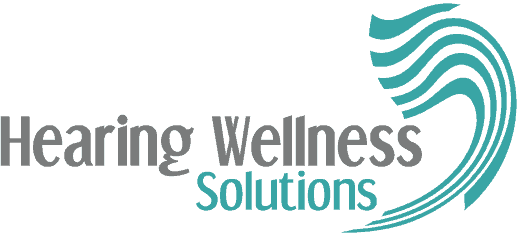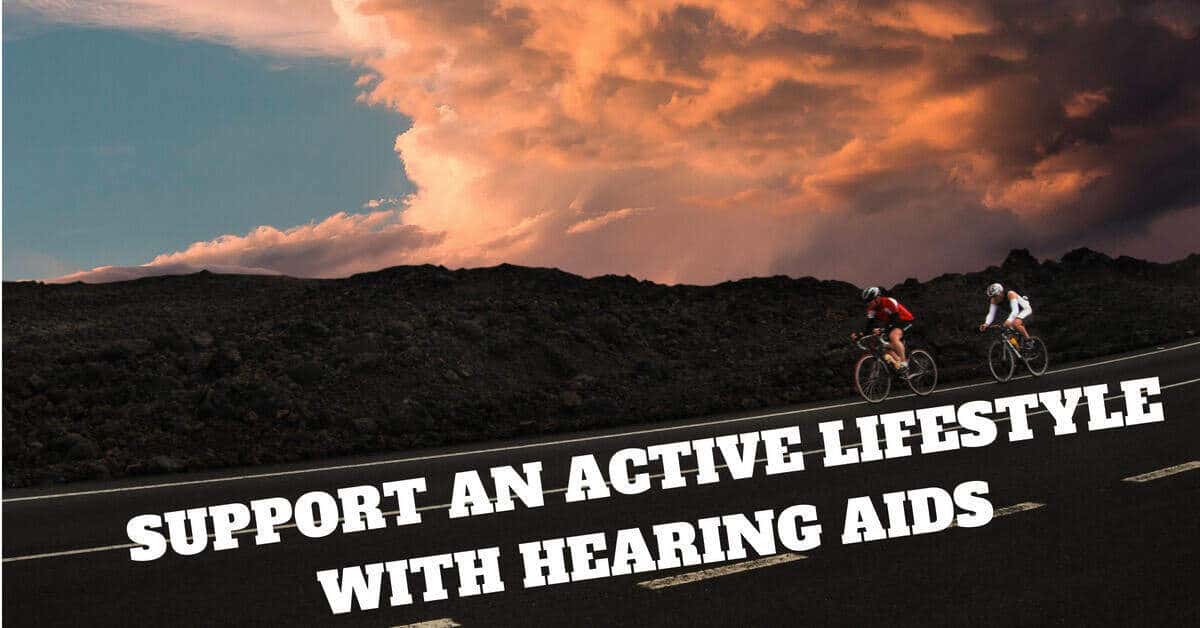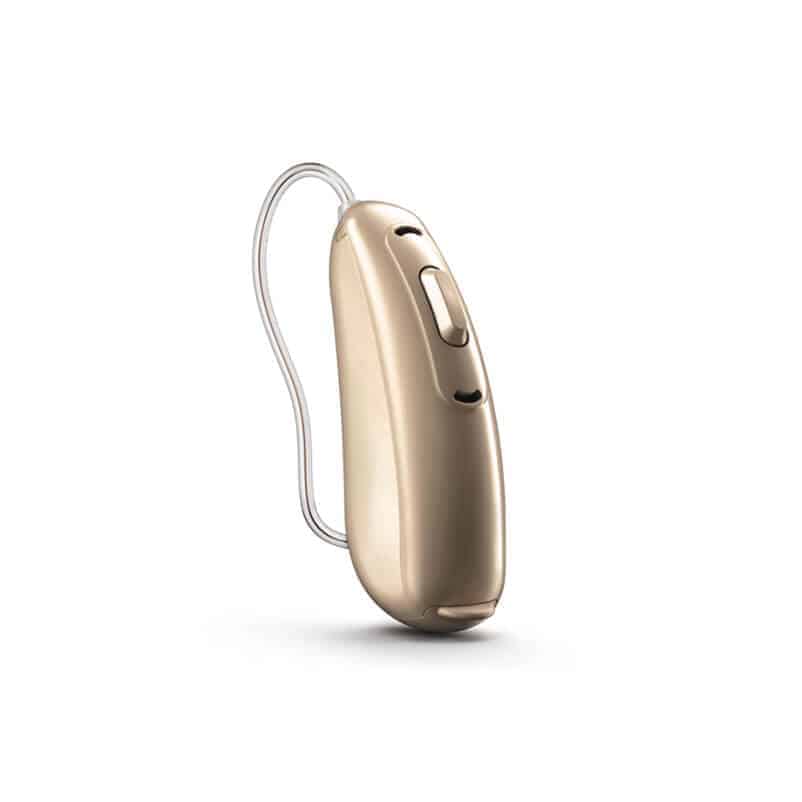Active lifestyles take us into the unknown and engage our bodies in ecstatic movement! Imagine yourself running down a grassy hill or jogging along a beach at dawn. You might see this activity through a wistful gaze, remembering a time when your body allowed you more freedom of motion. Although our bodies do present us with limitations, indeed, new technology also helps us overcome those limitations in exciting new ways. One of the great advances in assistive technology is hearing assistance. Though you might picture yourself fumbling with hearing aids on the beach or dropping your aids into a campground swimming pool, some advancements in hearing assistance might mean that these problems are no limitation on your active lifestyle at all.
Activities and Hearing Loss
If you engage in strenuous activity of any kind, you know what it can do to your senses. While jogging, you may feel some of your senses dulled while your body strains to keep in motion a little while longer. If you are playing a sport, you may become hyperaware of the ball or object of focus, while other things fall from your attention. As well, many active lifestyles include unusual sensory inputs to your ears: the sounds of nature, the rush of water, the noise of a city street, or a loud band on the stage. It is particularly important while engaging in an active lifestyle to maintain your awareness at a high level, including your hearing. If danger comes your way, you need to be alert to it and ready to respond quickly. For instance, if you are jogging through a busy city, you need to have acute hearing ready to respond to a car horn or screeching wheels. Similarly, if you are near a body of water and hear the shriek of a child, you may be alerted to the need for an immediate rescue.
Activities and Hearing Aids
The good news is that you don’t need to avoid any of these activities due to hearing loss. Assistive technology has advanced so far that you are able to continue to engage in your active lifestyle while hearing everything you need to, even in challenging circumstances. Some of the risks to hearing aids while engaging in an active lifestyle include exposure to debris, moisture, and water submersion. In the first case, debris can encounter the hearing aid making it ineffective or even damaged.
Just picture yourself while you’re out for a jog along a mountain trail. Not only do bugs fly into your ears, but also the wind can kick up leaves and other particles along the way. You might even kick up dust at a quick stop that would enter your ears and affect your aids. If you are exposed to unusual debris, including sand, dust, and other matter, be sure to maintain your aids after you return. Wiping them down with a clean, dust-free, microfiber cloth can do the trick.
Beyond debris, you may also have exposure to moisture during your active lifestyle. Being stuck in the rain is one way to get a little moisture in your ears, but your own perspiration is also a culprit. If you were playing basketball in a drizzle, both sources of moisture may be present! Take care to fully dry out your hearing aids after exposure to moisture of any kind. Simply opening the battery compartment door, if you have one, and placing your aids on an absorptive paper towel can often do the trick. Beyond this solution, dehumidifiers are available on the market to do an even more thorough job.
Finally, dropping your aids into water is a worry for many wearers. If you are playing with your child, grandchild, or a family friend at the edge of a body of water, you might worry about your aids falling out and being quickly submerged in the water. Many newer hearing aids are water resistant and able to withstand that exposure. Some highly advanced hearing aids can even be used during swimming, rated as fully waterproof.
Looking to Upgrade Your Hearing Aids?
You may want to pursue a new set of hearing aids that can withstand exposure to the elements and submersion in water for full protection in active lifestyles. If you’re curious about upgrading your hearing aids to support your active lifestyle, contact us at Hearing Wellness Solutions for more information.



